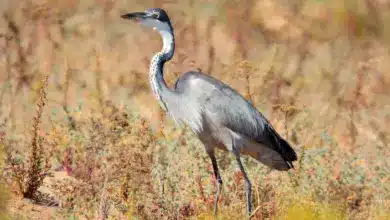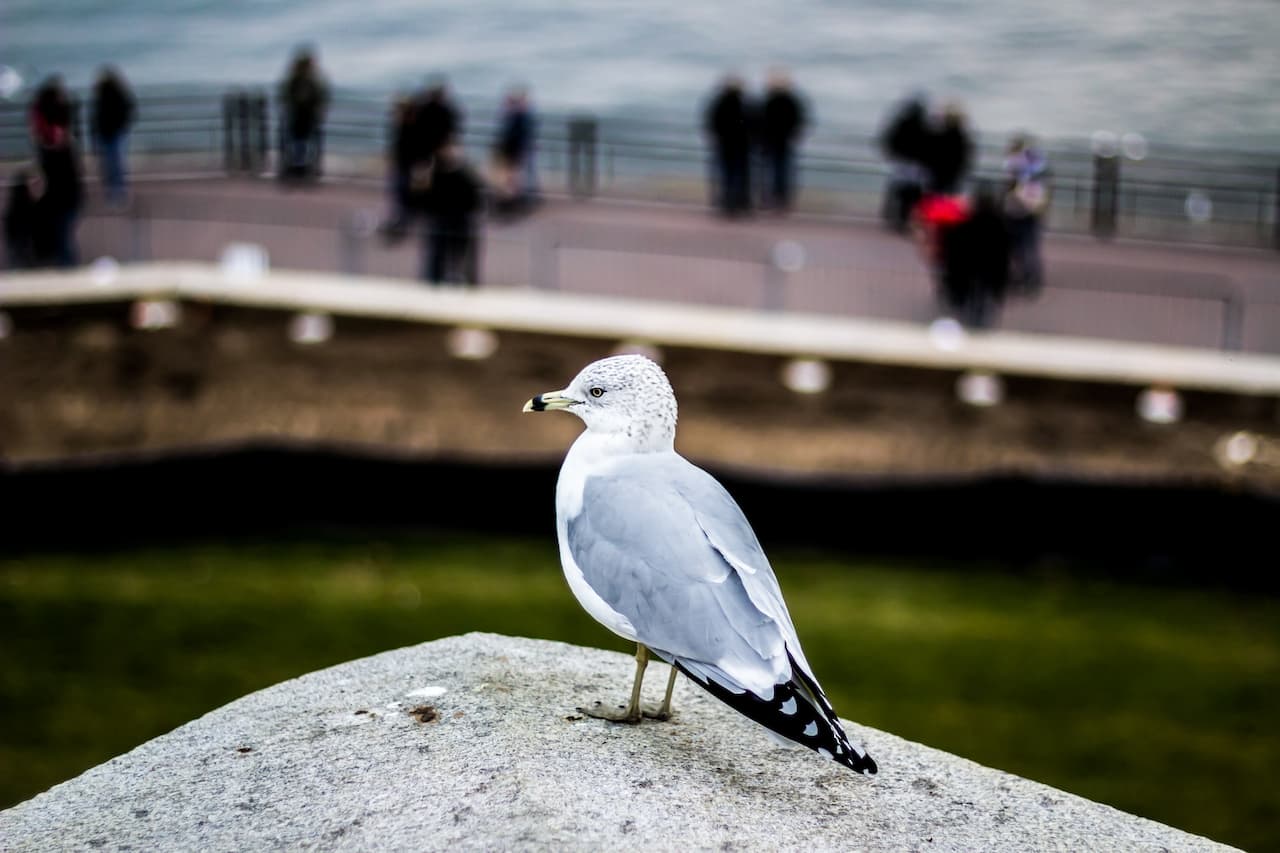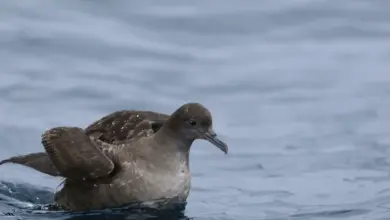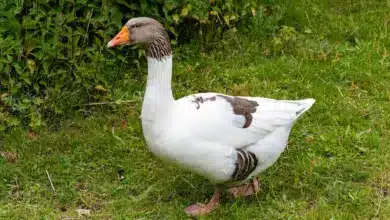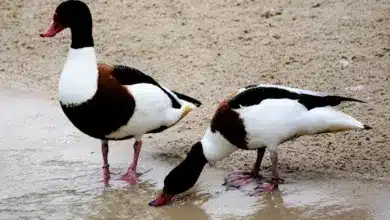Wattled Ibises
Wattled Ibises
The Wattled Ibises (Bostrychia carunculata) are common African ibises.
Ibises resemble herons and share many of their habitats and behavioral traits, but unlike herons, ibises fly with necks outstretched and often in V-formation.
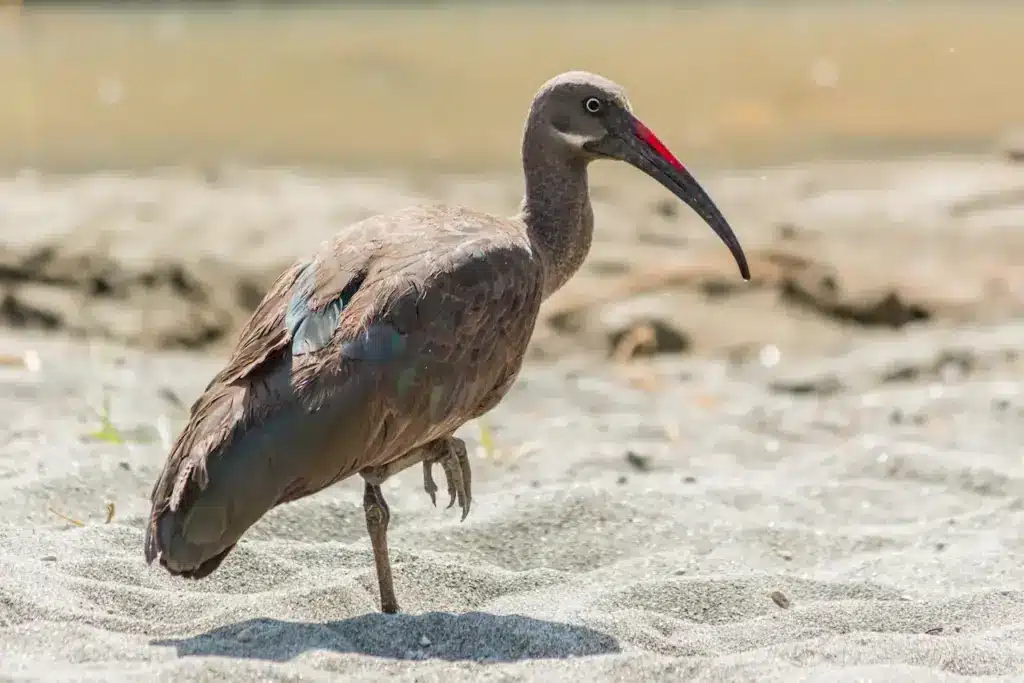
Distribution / Range
They occur in the Abyssinian higlands of Ethiopia and Eritrea, at altitude range of 1,500 m to 4,100 m. Records of them also exist from the coast of Eritrea.
They occur in the Abyssinian highlands of Ethiopia and Eritrea, at altitude range of 1,500 m to 4,100 m. Records of them also exist from the coast of Eritrea.
They are common in meadows and highland river courses; and often roost and breed in rocky places and cliffs. They also visit open country, cultivated land, city parks and mixed forests with olive and juniper trees.
They are usually found in flocks of 30 up to 100; although can occasionally be seen feeding alone or in pairs.
Wattled Ibises are generally sedentary (non-migratory), although local, altitudinal movements have been noted.
Description
The large Wattled Ibises measure about 60 cm in length and have a generally dark plumage, except for the white shoulder patches. The eyes are also white. A thin wattle is hanging from the broad bill base.
Breeding / Nesting
Wattled Ibises mostly breed between March to July, occasionally (during the dry season) in December.
They typically nest in small to large colonies (500 birds or more) that are usually found at altitudes between 5,900 – 9,840 feet (~1,800 – 3,000 m). The nests are placed on rocky cliffs. Isolated birds will also nest on top of trees or ledges of buildings.
The average clutch consists of 2 – 3 whitish eggs. The nests are often reused year-after-year.
Most breeding activities are observed after the rainy season, when plenty of food is available.
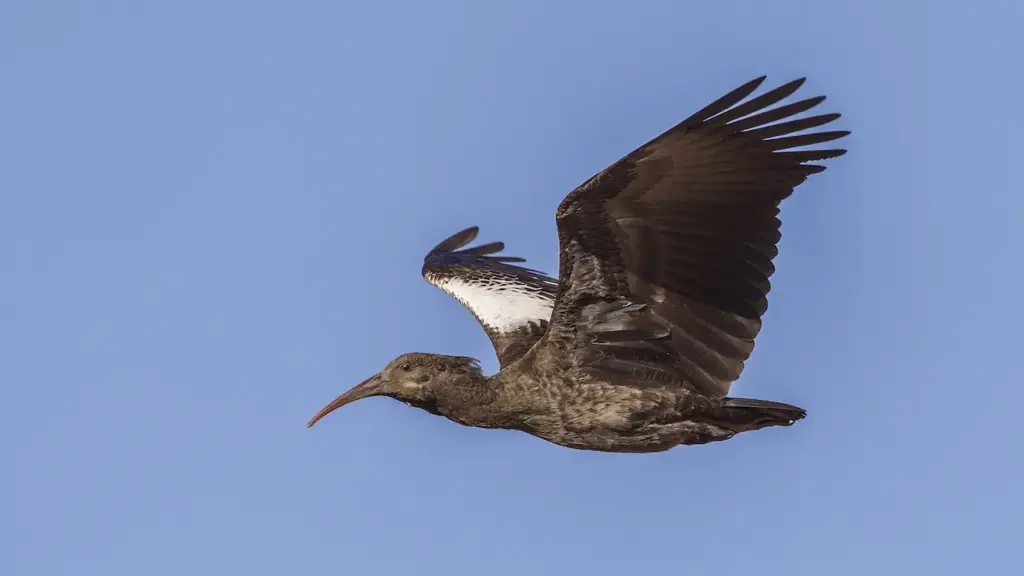
Diet / Feeding
Wattled Ibises mostly feed in open grasslands, marshes, open alpine moorlands, croplands and forest glades.
Their diet also includes insects and small mammals caught on land, as well as lizards, worms, snakes, skinks, and other small reptiles.
They are also known to follow herds of domestic animals, searching their dung for beetles and other insects.

